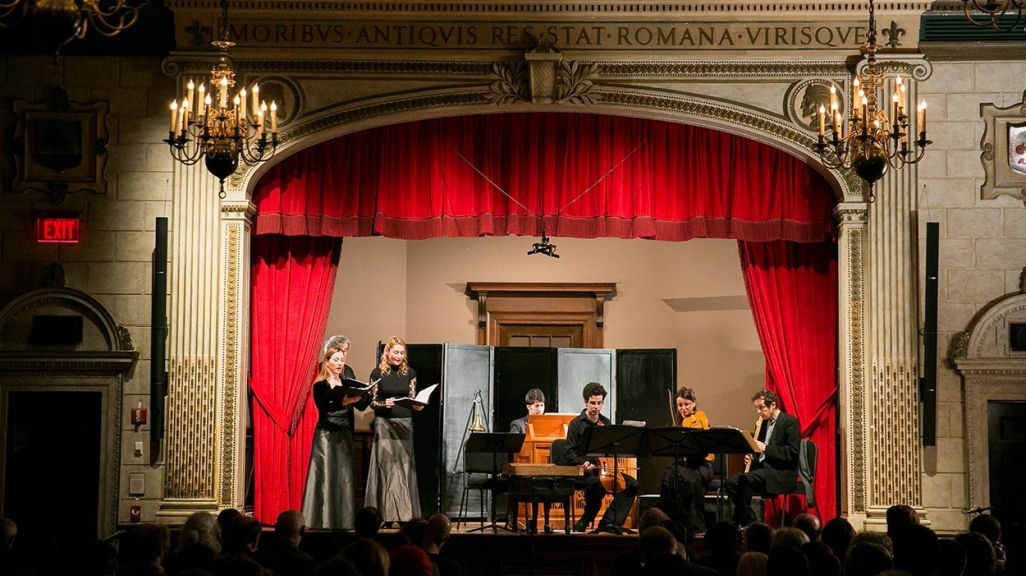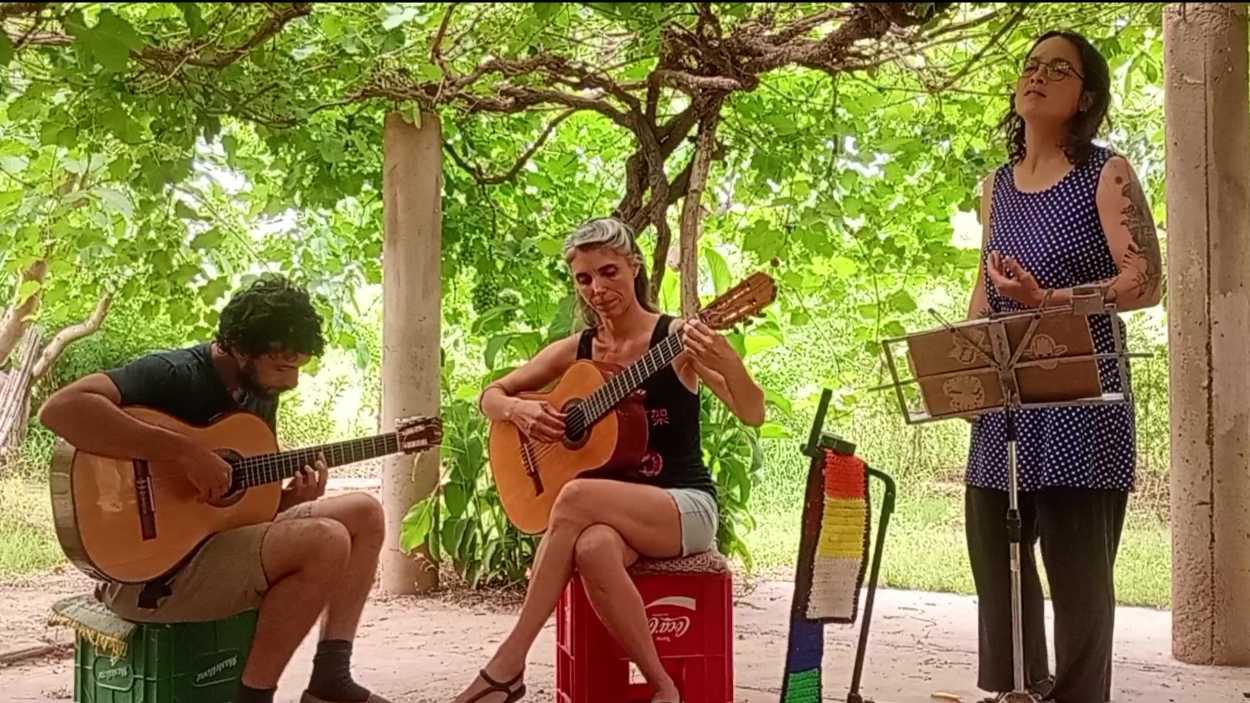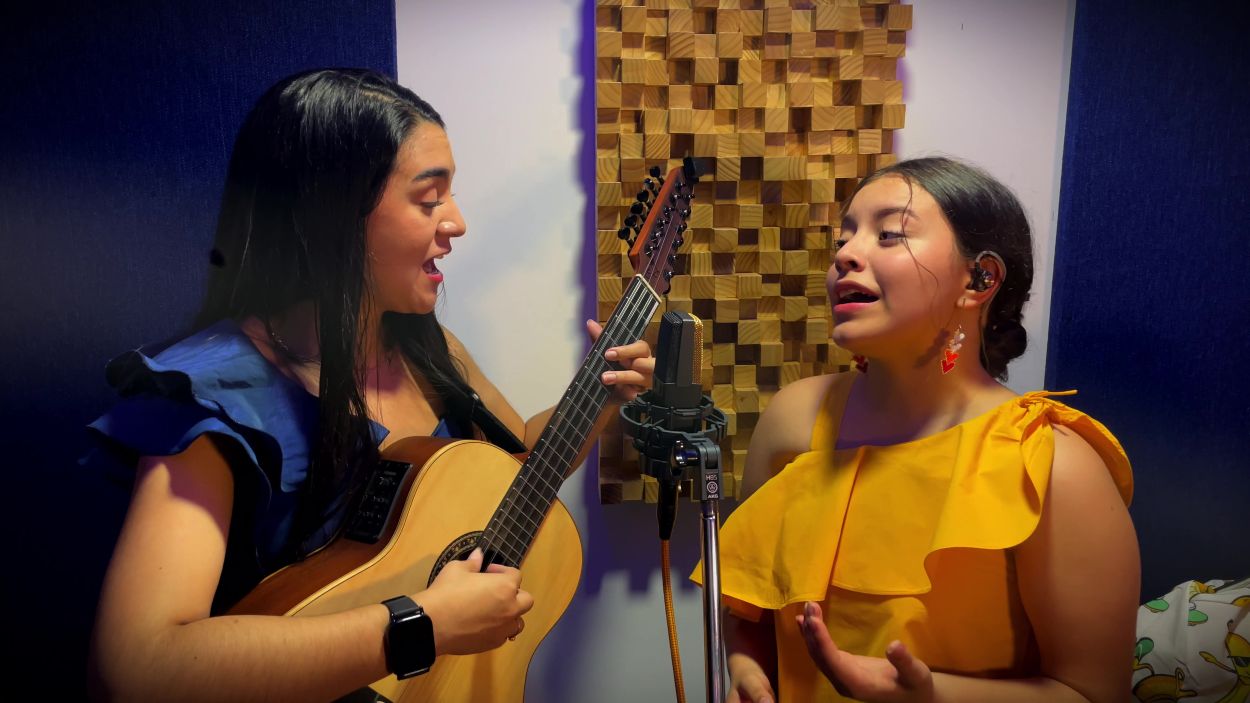Mala Punica and the Avant-Garde
Mala Punica and the Avant-Garde
Miles Morgan, co-artistic director of Tropical Baroque, writes about early music performed by Mala Punica in March.
On March 6, Americas Society and the Italian Academy at Columbia University presented the critically acclaimed early music group Mala Punica. The evening's program focused on Italian avant-gardes from the 1400s. Miles Morgan, co-artistic director of Tropical Baroque, elaborates further on what avant-garde music entailed during this time period.
What constitutes avant-garde depends very much on perspective. Taking a historical view, the term might be applied to artists in any field who find themselves constrained by the general "rules" they or their elders have working under for some time. Ars nova (a more or less arbitrary term, applied indeed long after the fact) appeared around 1320, and by the beginning of the next century had found serious obstacles to development built into the ground rules of composition. First, there was no system for notating rhythms, essential for lining up the voices in polyphonic music, usually written out separately rather than in score. Secondly, the rules of counterpoint were not very useful when dealing with more than two voices, particularly regarding the basic definition of which intervals were to be considered consonant and which dissonant. Although they were by no means isolated from each other, the French and Italian schools found very different solutions. Generally speaking, the French solutions were more numerical, defining rhythms on the basis of a fixed and indivisible basic unit (more or less a half-note); rigidly defining intervals as consonant (unisons, fifths, octaves); imperfect consonants (thirds, sixths); or dissonant, the latter being banned. The Italians based the rhythmic system on a larger unit (more or less a modern measure) with the possibility of dividing it in many ways and categorized the intervals in a much more relative manner. Unisons, fourths, and fifths existed on a sort of sliding scale of consonance, and all the intervals were in varying ways useable.
Both systems shared another difficulty. When composition incorporated three or more voices, if the second voice observed the rules in respect to the original voice, and the third voice also observed the rules in respect to the original, this did not mean that the second third would conform between themselves. This inevitably suggested an empirical no-man’s land where no rules applied, which the Italians exploited. The music of this concert all by composers of the avant-garde around 1400 shows a great variety of rhythmic organizations, often with very modern syncopations and even entirely different rhythms superimposed. It also allowed voices to move in unexpected ways, letting harmonic "accidents" happen in the search for expression. Along with the desire to establish some rules will also go an attempt to expand the rules to cover all that has happened in this no-man’s land of invention. Both contemporary theorists and musicologists some centuries later attempted this, giving rise to impossible complexity and even a new name, Ars subtilior. Inevitably this suggested the birth of a new avant-garde, a new beginning.
An interesting parallel might be found after the first World War in Europe when Schönberg rejected the increasingly complex, Wagnerian, chromatic language and proposed a completely different system built on a row of twelve tones. This became the avant-garde but in turn was extended by others—Anton Webern for one—in a beautifully logical manner to include the rigid organization also of dynamics, colors, and accents. Inevitably this led to accusations of “reduction ad absurdum” when composers found that they had lost the freedom of no-man’s land. At that point the search was on yet again for a new "new."









